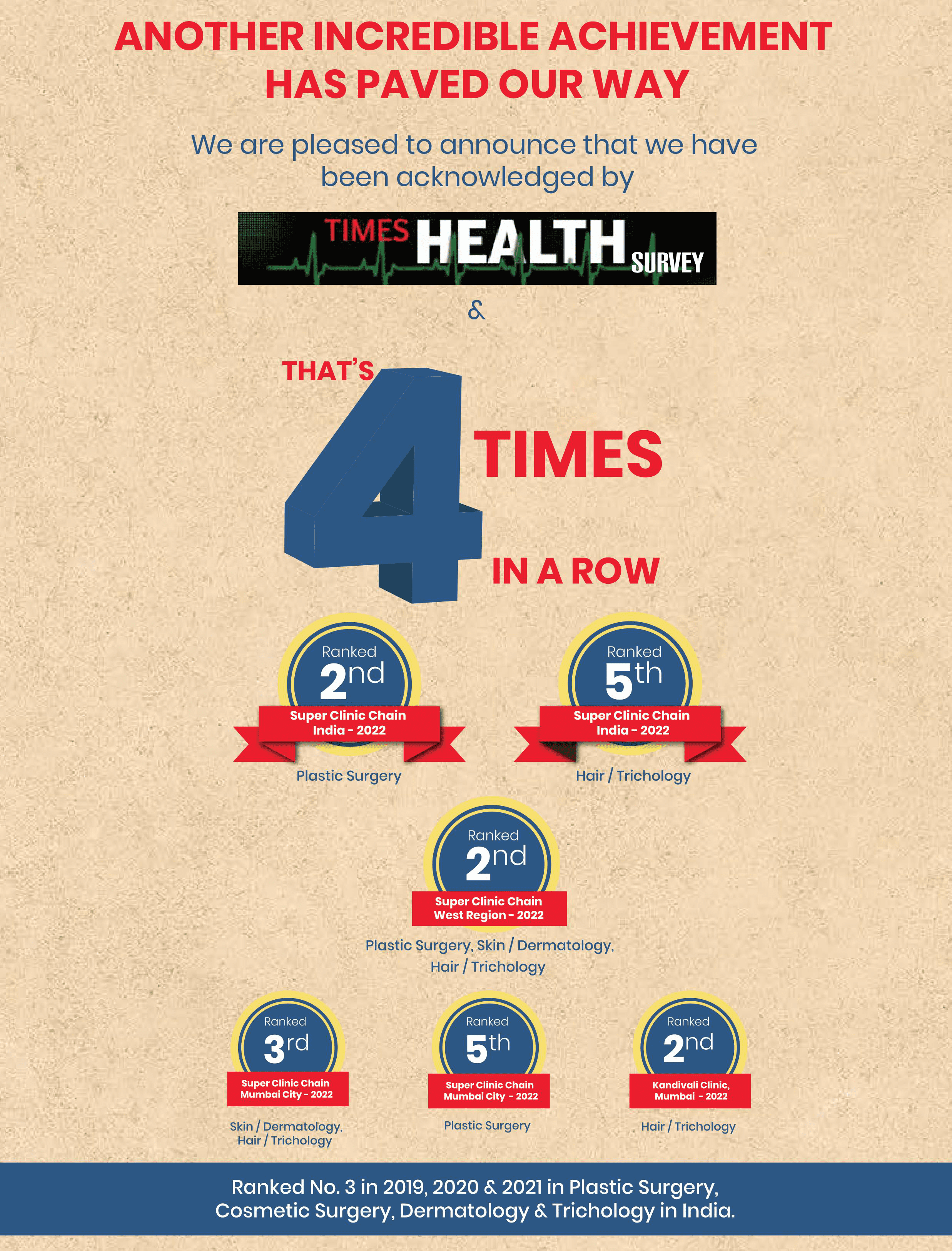Head & Neck Cancers:
Head & Neck cancers are generally the types that start from the squamous cells of the inner lining of specific organs and cavities around the head and neck – it is for this reason they are sometimes called squamous cell carcinoma of the head and neck. These cancers can affect the throat, larynx, oral cavity, salivary gland, paranasal sinuses, and nasal cavity. Head and neck cancers can develop as a result of the use of tobacco, alcohol, and human papillomavirus infection. Again, predisposing factors such as radiation, certain underlying genetic defects, and occupational exposure [to formaldehyde, wood dust, asbestos, nickel dust, etc.) have all been documented as predisposing factors in the emergence of head and neck cancers. Besides, head and neck cancers are more prevalent among men than women and the probability of developing them seems to increase with age. The cancers are usually characterized by the appearance of a lump in the neck, ear pain, unexplained weight loss, nonhealing sore in the mouth or throat, pain/discomfort, and other signs that may be specific to the affected area. Head and neck cancers are usually managed using treatment protocols such as targeted therapy, radiation therapy, immunotherapy, chemotherapy, and surgeries. The conditions can be diagnosed using biopsy, endoscopy, computed tomography (CT), magnetic resonance (MRI), laryngoscopy, and so on.
Eyelid Cancers and Tumours:
Eyelid tumors are outgrowths on the skin of the eyelid, and they can be malignant (cancerous) or benign (noncancerous) – the eyelid is the most frequented site for benign tumors, by the way. Papilloma, keratoacanthoma, and nevus are typical examples of benign tumors.
However, eyelid cancers entail sebaceous carcinoma, basal cell carcinoma, and squamous cell carcinoma. The basal cell carcinoma type of eyelid cancer is known to be slow-growing and does not spread to distant sites, while the other two (types) are quite aggressive and will sometimes spread to the lymph nodes and other areas of the body. The lower eyelid is usually the more commonly affected of the two (eyelids). Some of the symptoms that arise with eyelid cancers include smooth, pearly, or waxy bump, loss of eyelashes, nonhealing sores, etc. The risk of developing eyelid cancer is increased by predisposing factors such as increasing age, history of sunburn, exposure to ultraviolet radiation, precancerous skin condition, fair/light skin, and past skin cancer.
Eyelid cancers are normally diagnosed using diagnostic examinations like computed axial tomography (CAT)/computed tomography (CT), positron emission tomography (PET), or magnetic resonance imaging (MRI), and lymph node biopsy. Eyelid cancers have been treated with radiation therapy, chemotherapy, and surgical procedures – which may involve the use of Mohs surgery, Hughes flap, etc.
Orbital Tumors:
Orbital tumors are tumors growing/present in the orbit, the bony socket that houses the eye. These tumors can be either benign (noncancerous) or malignant (cancerous). However, the presence of a tumor of any size within the orbit will result in marked functional strain and/or imbalance, and large tumors can even lead to the bulging of the eye to the extent of causing vision impairment. It is yet possible for orbital tumors to metastasize – that is, they can spread to other sites in the body. The causes of orbital tumors can be primary or secondary. Primary, in that these tumors may just develop in the orbit, and the reason for such growth is yet to be unraveled. On the other hand, secondary causes of orbital tumors are implicated when cancer from other parts of the body – e.g., lung, breast, prostate – spreads to the orbit. Again, orbital tumors may also be grouped based on the part they originate from; as such, there are vascular lesions, neurogenic tumors, and lymphomas.
Along with bulging of the eye (exophthalmos), some other common symptoms of orbital tumors are droopy eyelid, pain around the affected eye, double vision, and momentary bouts of vision loss. Accurate diagnosis is crucial to the successful treatment of orbital tumors, and they are often diagnosed using magnetic resonance imaging (MRI), computed tomography (CT) and/or ultrasonography. Treatment options such as chemotherapy, radiation, immunotherapy, and surgery have been employed in treating this disorder. The surgical protocol to correct and/or manage orbital tumors must be done with great care, and by a team of experts – oculoplastic surgeon, neurosurgeon, otolaryngologist, and so on – who has good knowledge of the anatomic layout of the orbit – and the blood vessels, muscles, nerves, and connective tissue around it.
Ocular Surface Tumors:
Ocular surface tumors refer to a broad range of neoplasms (that is, abnormal cell growth) around the squamous epithelium, melanin-producing cells, and lymphocytic cells of the conjunctival stroma. Although the rate of prevalence is relatively low, this group of tumors entails the ones with invasive or preinvasive manifestation, and can have far-reaching consequences on the conjunctiva and the cornea. As ocular surface tumors involve different types of neoplasm, certain variations exist, and this can be seen below – the common types of ocular surface tumors:
Ocular Surface Squamous Neoplasia (OSSN): This is the most common form of ocular surface tumor and it encompasses conjunctival and corneal intraepithelial neoplasia (CIN), carcinoma in situ, and invasive squamous cell carcinoma. OSSN affects 0.02 – 0.35 in every 100,000 persons, and older persons are more susceptible to developing them. The predisposing factors include exposure to tobacco smoke, chemical exposure, ultraviolet light, immunosuppression, and light skin pigmentation. Additionally, there is a higher frequency of this disorder within locations close to the equator.
Melanocytic Ocular Surface Tumors: These include benign melanocytic lesions (ocular melanocytosis, benign epithelial melanosis, and conjunctival nevi); preinvasive melanocytic tumors (primary acquired melanosis (PAM)), and malignant melanocytic tumors (conjunctival melanoma) – conjunctival melanoma, which is quite rare, is the most dangerous of these melanocytic ocular surface tumors. Surgical excision, coupled with adjuvant therapies, has been vastly employed in the management of ocular surface tumors.
Lymphoid Tumors: Lymphoid tumors of the conjunctiva are smooth, raised lesions with salmon color, and they may be localized in the bulbar or forniceal conjunctiva. They can range from benign reactive lymphoid hyperplasia to premalignant atypical lymphoid hyperplasia and then malignant lymphomas. Conjunctival lymphoid tumors are rare, and malignant lymphomas are more likely to occur in older persons while benign lymphoid tumors are more prevalent among the younger population.
Retinal Cancer:
Retinal cancer is primarily localized in the choroid which is a dense layer of blood vessels that is found between the retina and the sclera. Visual acuity is not always affected at the onset of this disorder. However, owing to the supportive and blood supply functions that the choroid renders to the retina, the progression of this type of cancer will ultimately have adverse effects on vision quality. It is at this point that individuals suffering from retinal cancer start having symptoms like blurred vision, partial or complete loss of vision, bulging of the eye, and flashes of light. Besides these (symptoms), the patients can also develop strabismus, leukocoria, and presence of a lump on the eyelid. Retinal cancers are generally uncommon but benign retinal tumors are quite prevalent. Basically, retinal cancers are of two types; these include choroidal melanoma and retinoblastoma – it should, however, be noted that there is a wide range of non-invasive tumors that can grow around the retina. The point of origination of choroidal melanoma is the melanocytes – that is the cells responsible for the production of melanin – of the choroid. It is the most common type of eye cancer, and it is usually more prevalent among the older population. Retinoblastoma, on the other hand, is more prevalent among children, accounting for about 3% of cancers affecting children.
Over the years, we have built a healthcare center that is committed to serving people in the best possible ways, and our patients can attest to this. We are backed by the high-ranking oculoplastic surgeons who have excelled in the operating rooms with tremendous positive results to show for it. So, having a surgical protocol to treat retinal cancer in India should not be seen as unachievable with our world-class facilities. Again, as it is not uncommon to see patients show concerns over the aesthetic outlook of their face after surgery, we can assure you that this will not be an issue with a cosmetic surgeon in the calibre of Dr. Debraj Shome right here with us.
The question on the cost of cancer treatment is one that we, very much, desire to answer. However, in order not to create a false impression, it’s important that we have a comprehensive review of your case. This will enable us to give you a more credible and realistic cancer treatment price. The cost variations are also hinged on other factors on the part of the patient and/or other elements – you can give us a call or email us today to fix an appointment. Summarily, the following factors will always influence the cost of cancer treatment:


Dr. Debraj Shome is Director and Co founder of The Esthetic Clinics. He has been rated amongst the top surgeons in India by multiple agencies. The Esthetic Clinics patients include many international and national celebrities who prefer to opt for facial cosmetic surgery and facial plastic surgery in Mumbai because The Esthetic Clinics has its headquarters there.






